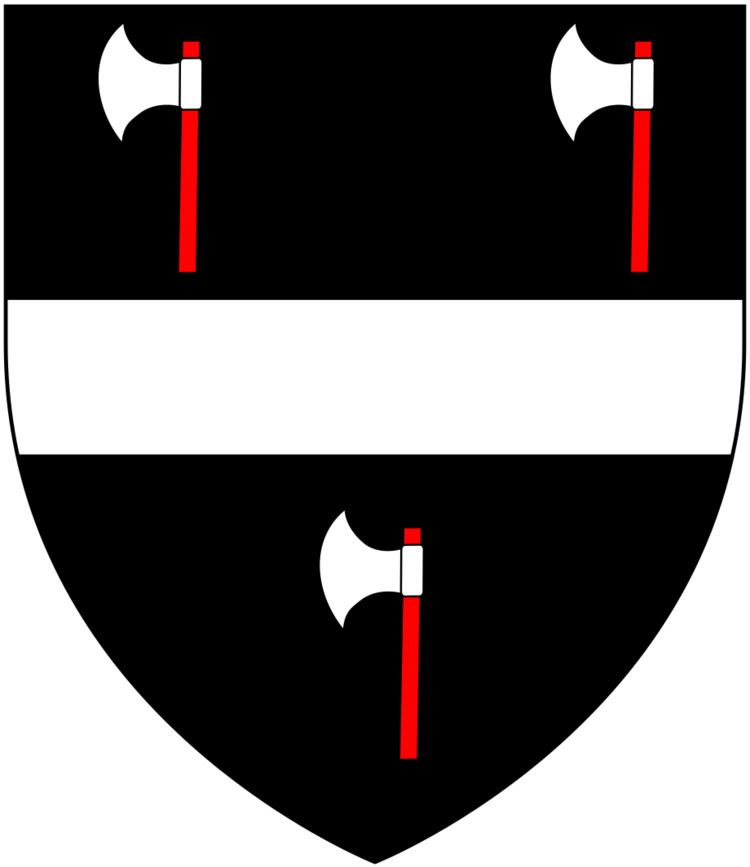Name Wrey baronets | Role Noble title | |
 | ||
The Wrey Baronetcy, of Trebitch (modern: Trebeigh Manor, St Ive, 4 miles NE of Liskeard) in the County of Cornwall, is a title in the Baronetage of England. It was created on 30 June 1628 for William Wrey (d.1636), 2nd son of John Wrey (died 1597) of Trebeigh, St Ive, Cornwall, a member of an ancient Devon family. The third Baronet was a supporter of the Royalist cause and sat as Member of Parliament for Lostwithiel after the Restoration. He married Lady Anne, third daughter and co-heir of Edward Bourchier, 4th Earl of Bath, and a co-heir to the barony of Fitzwarine (which fell into abeyance on the death of her father). The fourth Baronet represented Liskeard and Devon in the House of Commons. The fifth Baronet was Member of Parliament for Camelford while the sixth Baronet represented Barnstaple.
Contents
Trebeigh Manor
Trebeigh, St Ive, in Cornwall was a manor listed in Domesday Book as held by the Earl of Mortain, the largest landholder in that county. He is said to have taken it away wrongfully from the church. It was given in 1150 by King Stephen to the Knights Templar, and thenceforth formed, together with that order's other nearby manor of Temple on Bodmin Moor, the Preceptory of Trebeigh, which also held the advowson of the parish church of St Ive. Following the suppression of the Knights Templar, the preceptory passed in 1312 to the Knights of Malta. Following the Dissolution of the Monasteries the manor of Trebeigh was granted by Queen Elizabeth I in 1573 to Henry Wilbye and George Blyke, from whom it was acquired by John Wrey, who made it his family's chief seat until his descendants inherited Tawstock in Devon from the Bourchiers in 1654.
Wrey baronets, of Trebitch (1628)
The heir apparent to the baronetcy is Harry David Bourchier Wrey (born 1984), eldest son of the 15th Baronet.
